Wheel Analysis and Gyroscopic Precession: Engineering Project
VerifiedAdded on 2022/11/18
|7
|456
|90
Project
AI Summary
This mechanical engineering project involves a detailed analysis of a wheel's properties, including the calculation of mass, angular momentum, and torque. The project utilizes provided data such as the radius, time, and angular velocity to determine the wheel's characteristics. The solution also explores the concept of gyroscopic precession, explaining the principles behind it using a diagram and the application of a free body diagram. Furthermore, the project extends to the analysis of a crankshaft, presenting vector diagrams and calculations for velocity and acceleration. References to relevant research papers are also included, providing a comprehensive understanding of the concepts covered in the project.
1 out of 7
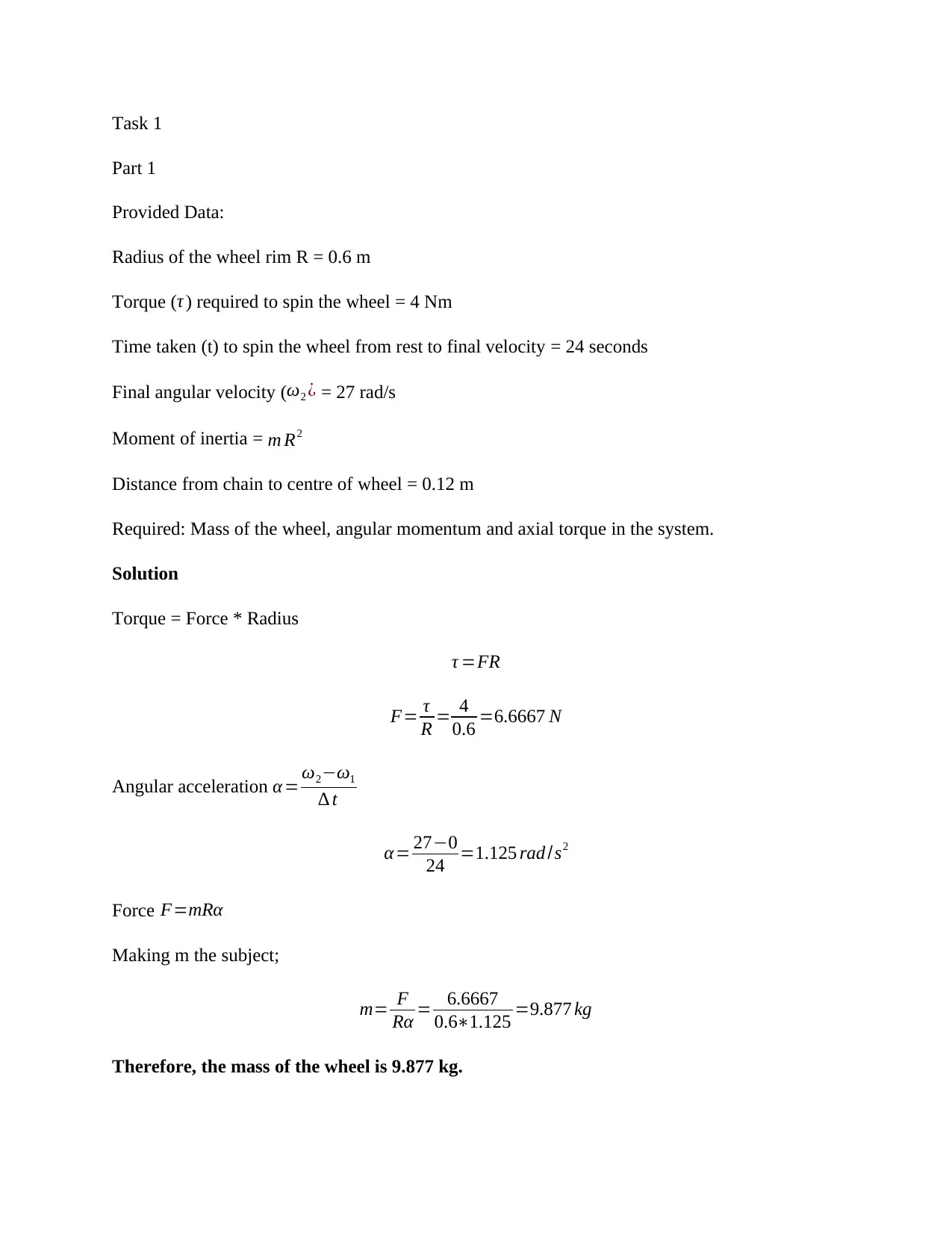
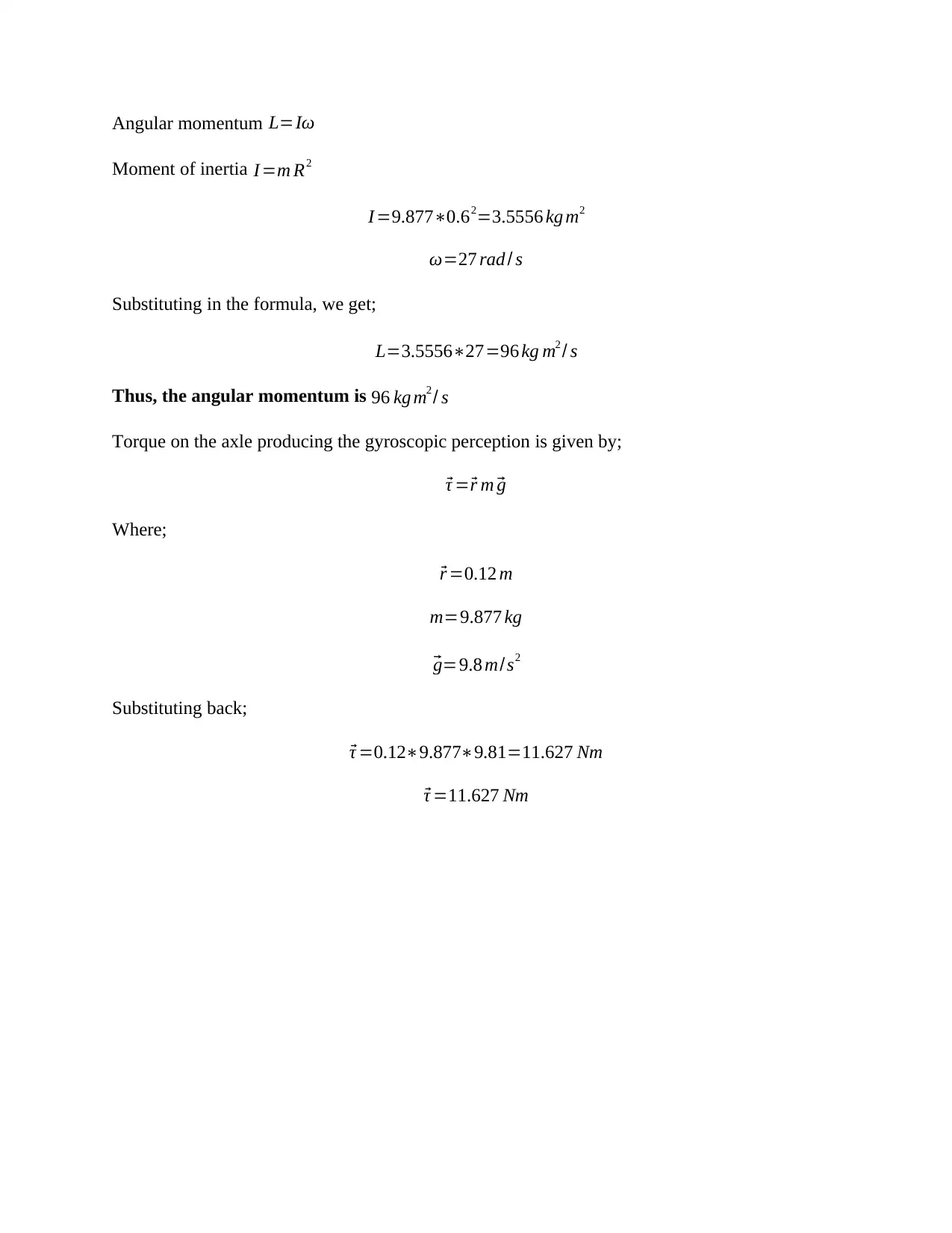
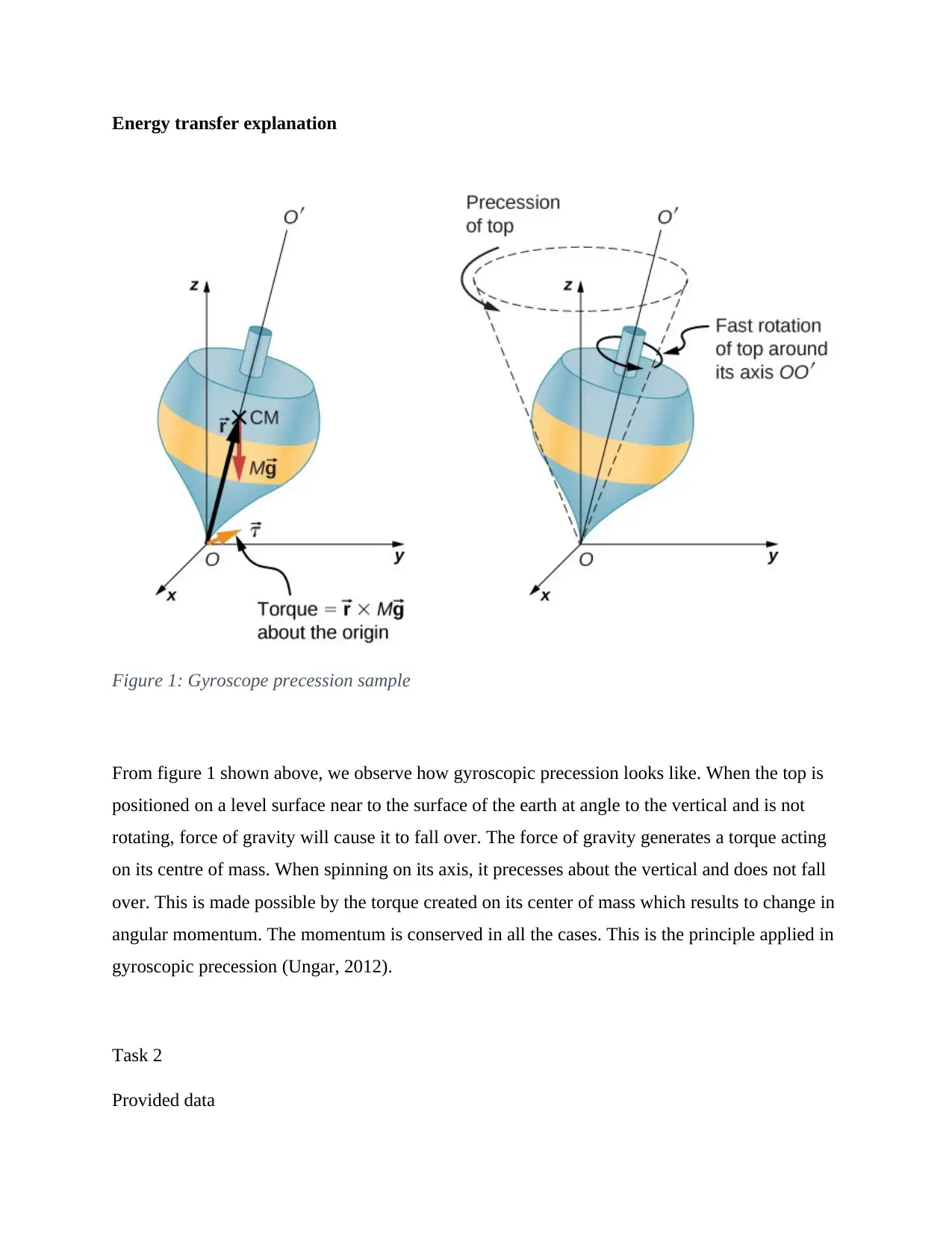

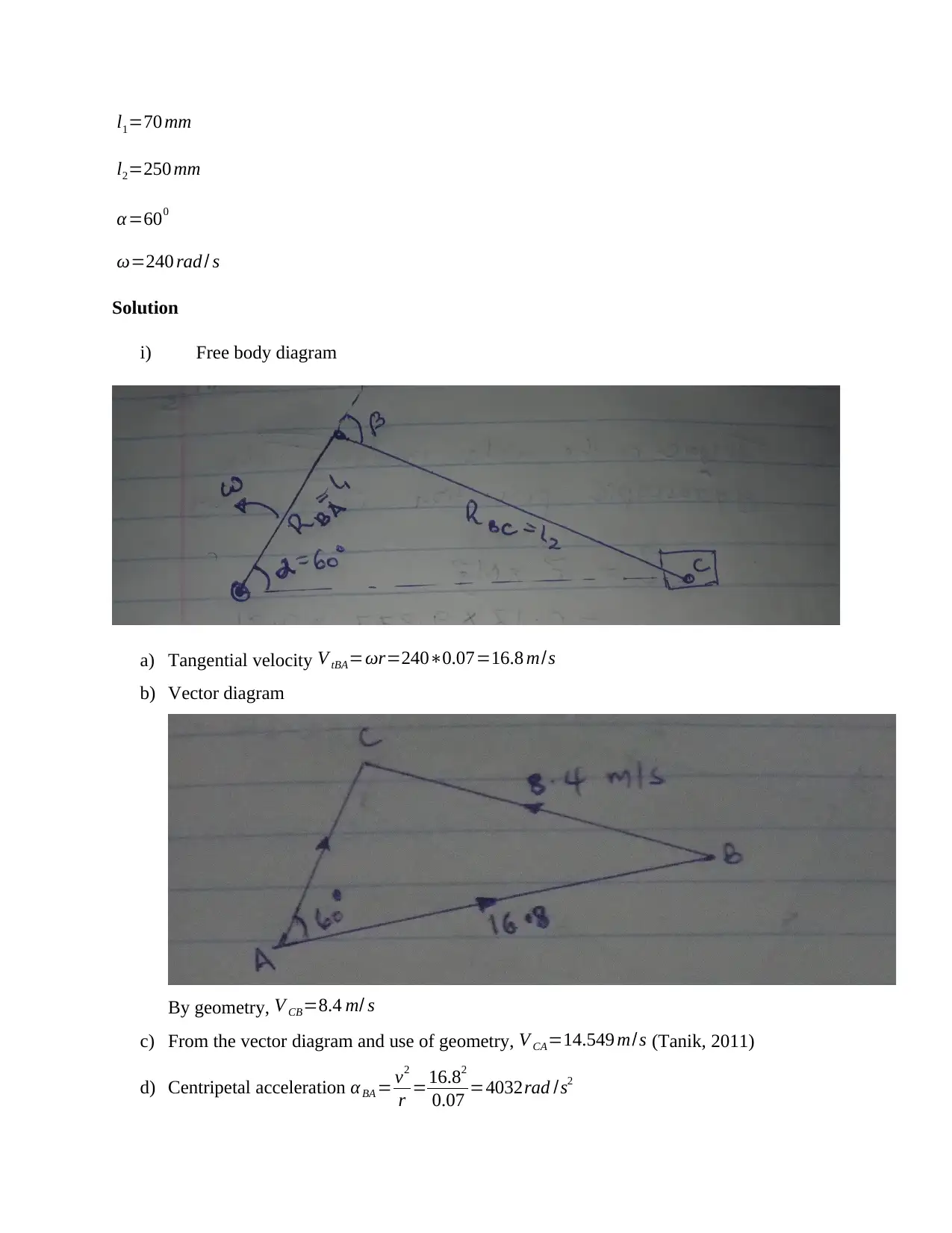
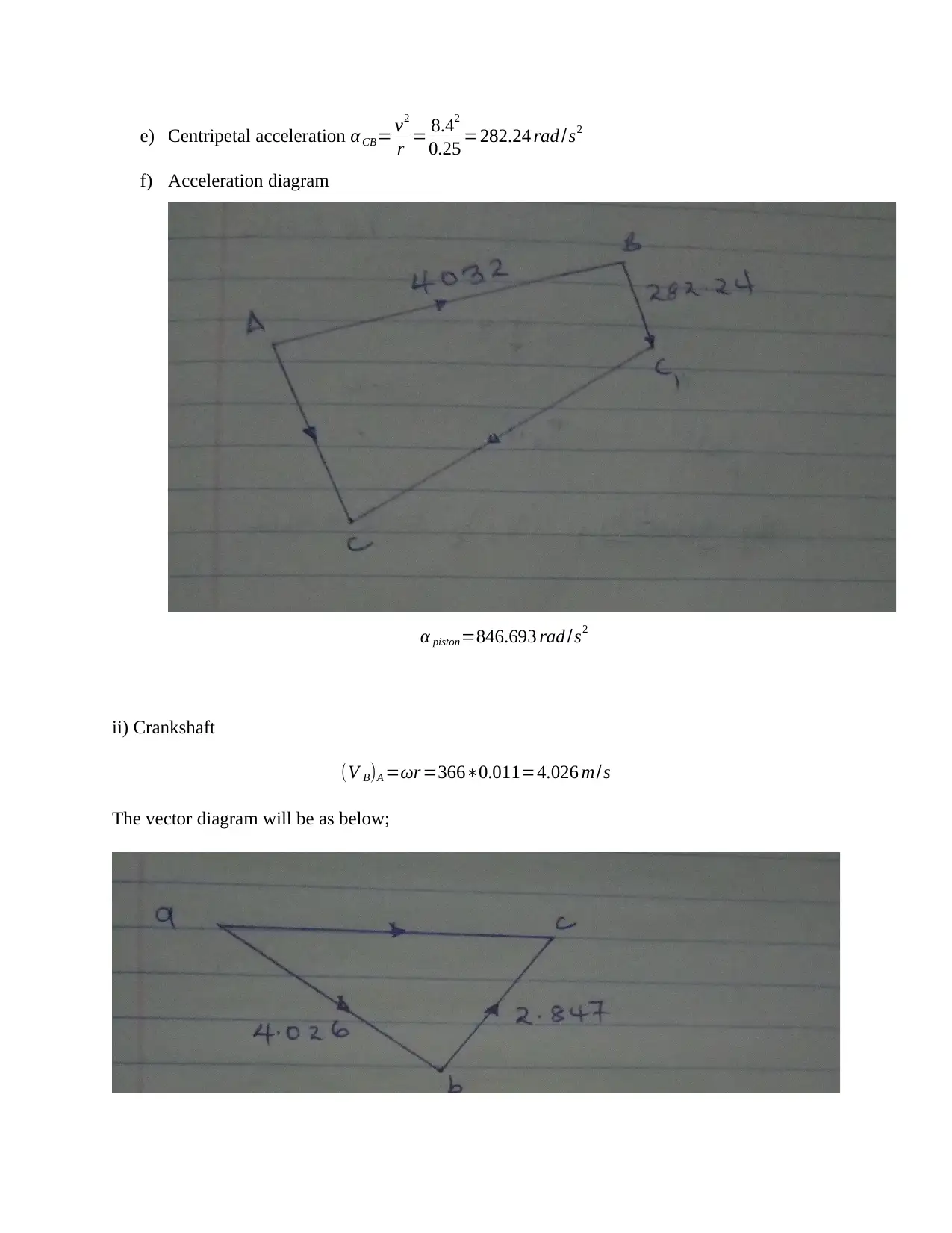
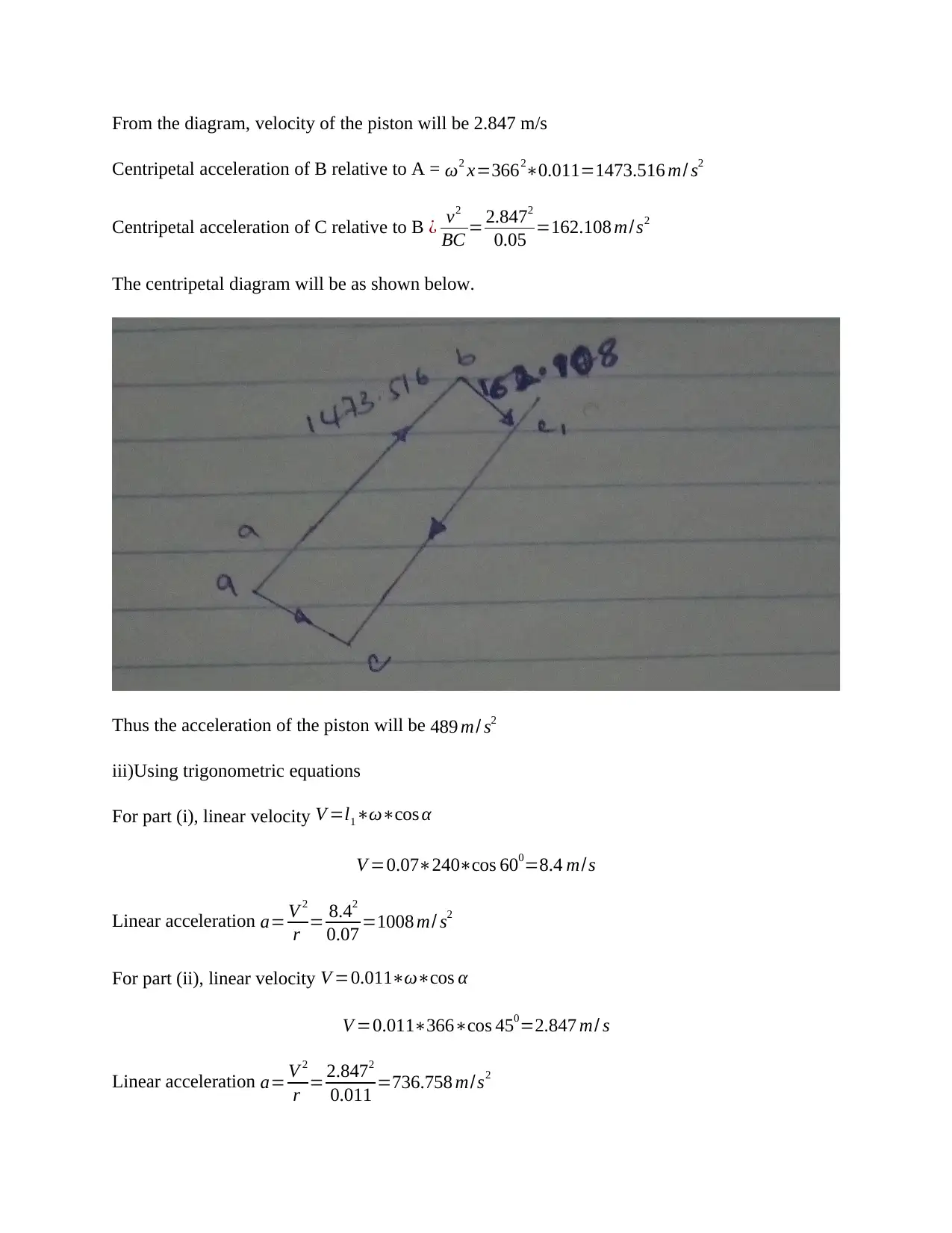
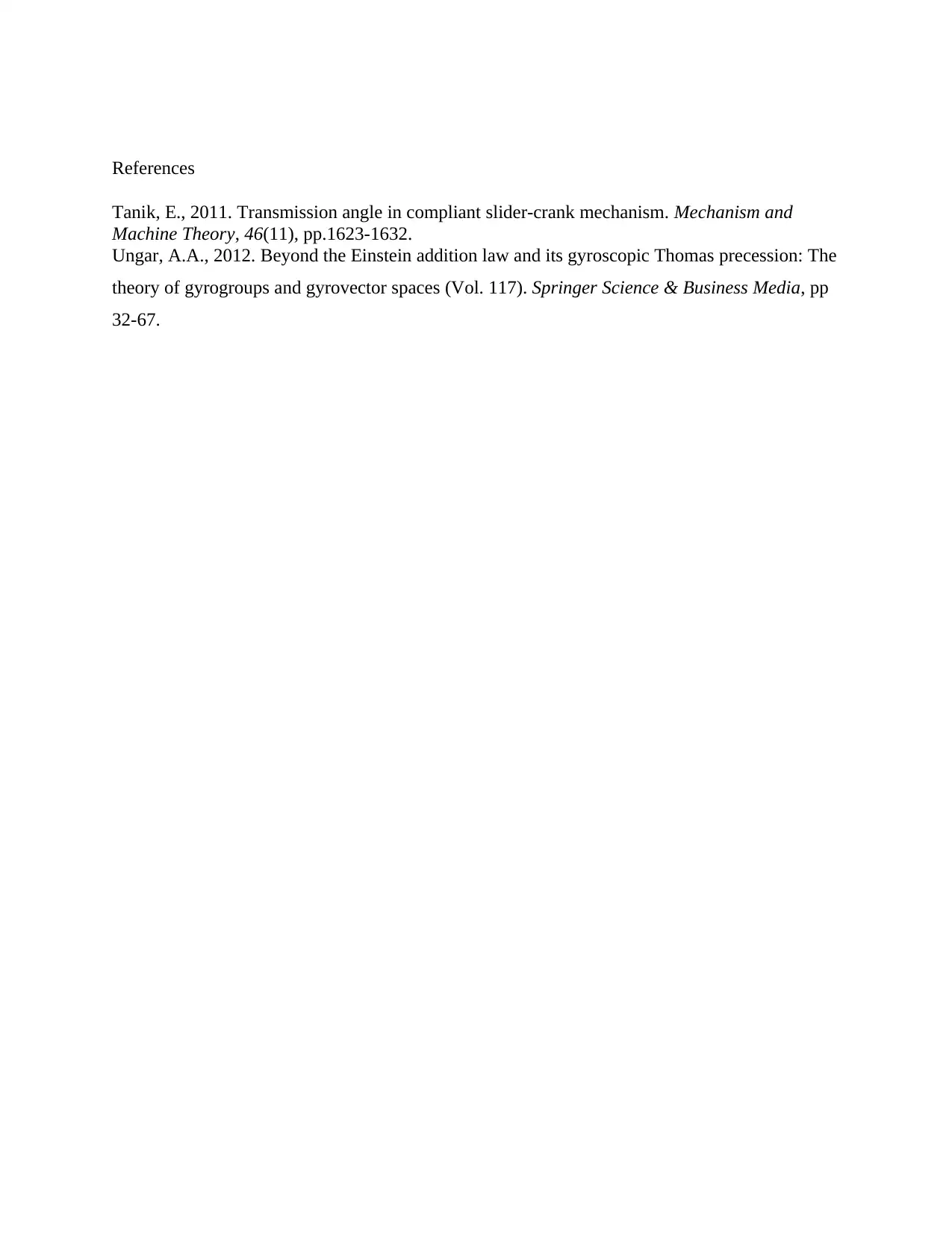





![[object Object]](/_next/static/media/star-bottom.7253800d.svg)